The Kite belongs to a group of birds in the hawk, or Accipitridae, family. Researchers divide these birds into three different subfamilies, Elaninae, Milvinae, and Perninae. Within these subfamilies, there are at least 25 different species. These birds vary in size and shape from species to species. Read on to learn about the Kite.
Description of the Kite
Like all birds of prey, Kites have sharp curved beaks and sharp talons. Some species have characteristically pointed wings, tails, or both. These birds vary in size, with the smallest species around eight inches long, and the largest species over two feet long.
Their plumage also varies, with some birds uniform in color, and others mottled with banding or other markings. Some of the various colorations include white, cream, gray, black, brown, tan, and reddish-brown.
Interesting Facts About the Kite
There are many different species of this bird, each with their own characteristics and behaviors. We have highlighted some of the most unique species below!
- Snail Kite – These birds live in parts of Florida, as well as Central and South America. This bird’s odd name doesn’t come from their speed or appearance, but their favorite food! The vast majority of their diet consists only of apple snails.
- Swallow-Tailed Kite – This species is quite easy to recognize on the wing. This is because their tail forks off in two directions, like a swallow’s tail does. Their body and underwings are white, their wing tips and tail are black, and their tail has a distinct and dramatic fork.
- Square-Tailed Kite – If the swallow-tailed Kite has a forked tail, this species has the opposite. Its tail is distinctly broad and squared at the end. This species lives in Australia, and hunts in a number of different habitats.
- White-Collared Kite – This species is incredible because it is incredibly rare. They live along a small stretch of the Brazilian coast. Researchers estimate that there are less than a thousand of these birds left in the wild. Their primary threat at this time is habitat loss, and the IUCN lists them as Endangered.
Habitat of the Kite
The various species of Kites live in a wide range of habitat types. Some prefer living in tropical regions with warm temperatures and high rainfall. Other species prefer the chill air of the subarctic.
Some of the different ecosystems that these birds inhabit include savannas, meadows, forests, rainforests, grasslands, and more. Each species has different preferences, though some species share similar habitats.
Distribution of the Kite
Different Kite species live virtually across the globe. Save for Antarctica, they live on nearly every landmass on earth. These birds live in North America, Central America, South America, Australia, Eurasia, Africa, and more.
Some species have incredibly wide distributions, while others live only in small regions. Additionally, populations of different species frequently overlap with one another.
Diet of the Kite
Kites are primarily carnivorous, and feed on a wide variety of prey. Each species hunts different prey, and birds in separate regions sometimes have entirely different diet compositions.
These birds eat anything from mice, rats, and squirrels, to lizards, snakes, and frogs. Some species specialize in very specific prey species, like the snail Kite, while others eat just about anything they can catch.
Kite and Human Interaction
Human-Kite interaction varies drastically from species to species. Some species have large populations spread across massive regions.
Other species have very small populations and only live in a single localized region. Thus, human impact varies drastically. For example, a population with a large range is not as threatened by habitat destruction as a population that lives only in one small area.
Domestication
Humans have not domesticated Kites in any way.
Does the Kite Make a Good Pet
No, Kites do not make good pets. They are wild birds, and need lots of fresh meat and plenty of space to fly. In most places, it is also illegal to own, catch, harass, or kill one of these birds.
Kite Care
In zoos, Kites require the same type of care as other birds of prey. They need frequent opportunities to stretch their wings, and plenty of fresh mice, rats, fish, and other food sources.
Some species of these birds also need some type of water source to forage or bathe in. Many of the Kites in zoos today live there because they became injured, and can no longer survive in the wild.
Behavior of the Kite
Kite behavior varies by species, though most birds of prey are solitary or live in mated pairs. The vast majority of these birds are diurnal, and most active during the day, or near dawn or dusk. They spend much of their time resting or searching for prey.
Some species are monogamous, and breed with the same mate year after year. These birds tend to be territorial, and protect their territories from rivals and predators together.
Reproduction of the Kite
These birds build their nests high in trees, on cliff sides, or in similar hard-to-reach locations. Pairs remain together for at least a season, though some continue to mate for life. Clutch size varies by species, but most lay between one and three eggs.
Incubation lasts about a month, and the chicks develop at different rates. Some chicks begin fledging when they are about four weeks old, while others take as long as nine weeks.



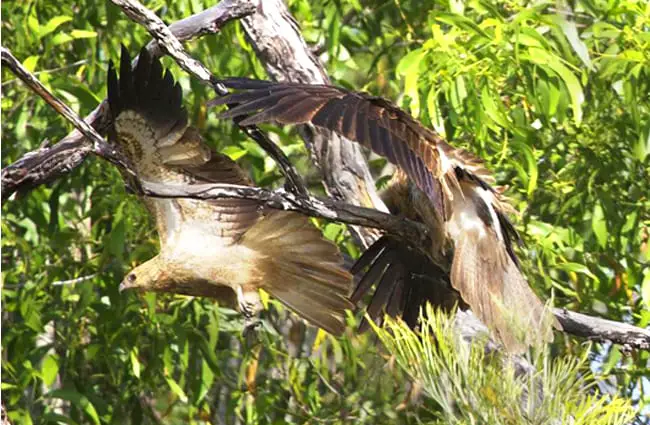

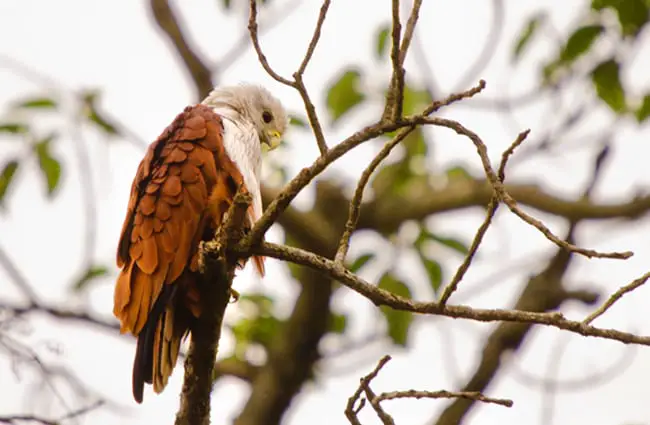
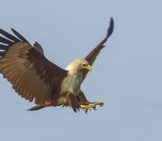
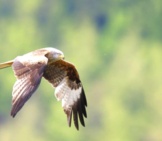
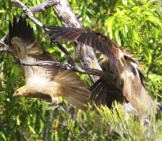
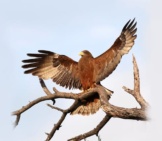
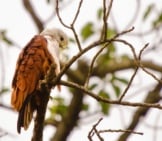
![Red Angus Closeup of a beautiful Red Angus cowPhoto by: U.S. Department of Agriculture [pubic domain]https://creativecommons.org/licenses/by/2.0/](https://animals.net/wp-content/uploads/2020/03/Red-Angus-4-238x178.jpg)


![Red Angus Closeup of a beautiful Red Angus cowPhoto by: U.S. Department of Agriculture [pubic domain]https://creativecommons.org/licenses/by/2.0/](https://animals.net/wp-content/uploads/2020/03/Red-Angus-4-100x75.jpg)

